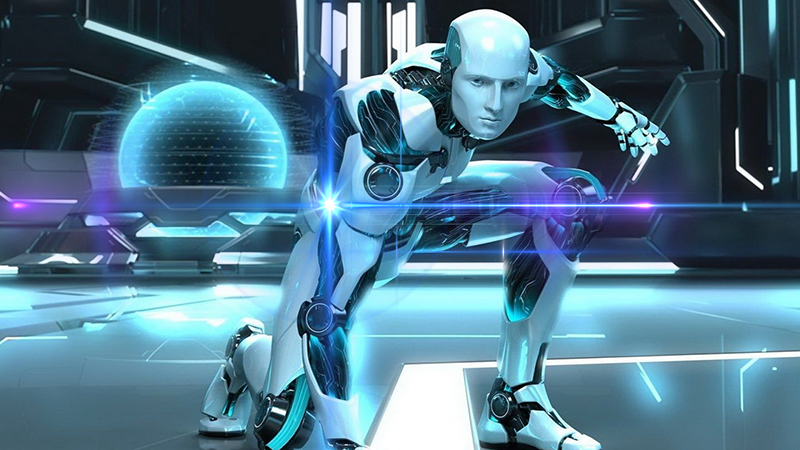
Technology is getting faster and bigger every year. However, in many areas it has reached the limit of what it can do by merely adding more raw power. The disadvantages such as time and money constraints are limiting what raw computing power can achieve in a practical way. For example, smartphones are getting bigger and heavier, despite being much faster; and gaming has gone from thousand-dollar startups in the NES and Sega era to mega multimillion-dollar investments in recent years.
Because of these limitations, the gaming industry is at the forefront of the new artificial intelligence (AI) revolution. With the push for realism in gaming, the gaming industry coupled the the new virtual reality industry have been driving new breakthroughs in realistic, life-like graphics.
In the past, this realism has been limited to hardware, software, and manual human effort. Effectively, the more raw power the processors could fit into a box and the more efficient the software for things like ray tracing could be, then the better the graphics could be.
Moreover, in order to utilize this capacity, it takes an increasingly dramatic level of human effort to make it happen. A game developer artist who designed a simple building could spend thousands of hours designing just this one piece, which can result in as much as ten of thousands of dollars in expense for a single building in a game or simulation. Multiply this by tens of thousands of items in a video game, and it’s easy to see how a modern high-graphics game like Call of Duty could have a budget in the hundreds of millions.
Case in point, this one scene from Tom Clancy’s The Division cost $200,000 to make:
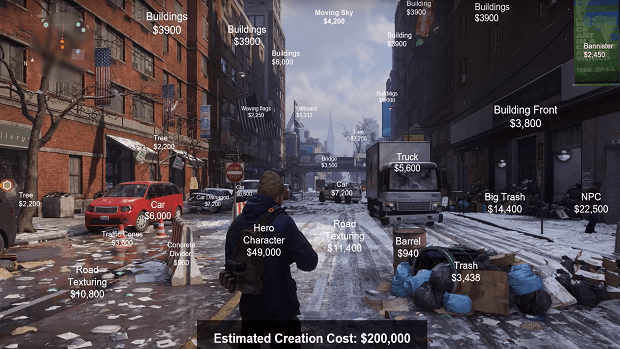
Looking back at the progression of game console graphics, the PS2 was a massive improvement over the PS1, and the PS3 was again a leap forward over the PS2. However, with the release of the PS4, the increase in graphics was barely noticeable. Did the PS4 have a much higher capacity for realism? Absolutely. However, there just wasn’t the money or the time, which has resulted in a standstill in the gaming industry when it comes to graphical realism.
Manpower is not the only issue with creating lifelike realism. In order to achieve true, lifelike realism in a simulation like a video game, CGI in a big-box movie (like The Avengers), or virtual reality, what is needed is ray tracing. Ray tracing is the computer prediction of where light should shine in order to reflect properly so that it looks like real life. Otherwise, we get the clearly fake-looking scenery that is in today’s games, which is one of the biggest current limitations of realism next to raw manpower to design the graphical elements in the first place.
Currently, traditional computers, smartphones, and game consoles simply do not have the raw power to do ray tracing, because presently this requires massive amounts of computing power that takes many networked computers even in today’s advanced computing age. It is likely that no game console will ever have the raw computing power to make the ray tracing that is necessary to make lifelike realism. Movies can do it but it significantly increases the post production time as well as the cost, in order to do the raw computing necessary in order to achieve lifelike realism in movies.
Here is a 4 second scene which took a ray tracing developer 16 hours to render on some of the most expensive personal computing equipment available. While it looks like real life, this isn’t practical for every scene of a big video game. It simply isn’t feasible to do with raw computing power.

Source: This 4-second clip with ray tracing took 16 hours to render
Fortunately this will not be not a problem very soon, thanks to recent advances in artificial intelligence. AI software has advanced rapidly over the past decade, and where we are at today is an epiphany of science and AI that will change everything we know about the computer power necessary to create computer-generated graphics (CGI), video games, and virtual reality, and even creative and artistic works.
When I was younger I had the original PlayStation and remember thinking, one day we will have games that are like playing real life. Even though games don’t seem to be there yet, this actually possible today due to AI advances, and it will not be long before artificial intelligence makes its way into fully replacing humans when it comes to computers and software.
This definitely creates problems, as it will make entire industries obsolete. Game developers, web developers, and computer programmers will become nearly entirely obsolete once artificial intelligence advances to the point of total replacement.
Instead of needing to pay 20 million dollars to a CGI team for a movie, a company will be able to spend maybe a couple of thousand dollars in development and AI will do the hard labor and even the creative work. Yes, AI can do creative work, and can in many ways fully replicate humans.
One AI developer created an AI that could take Van Gogh’s painting style and fully replicate it to create modern works in Van Gogh’s style that could fool even the best human art analysts if not for the fact that such a work has never existed or it contains items that did not exist in Van Gogh’s day. On the same line of thought, AI could learn from the best video game creators or CGI artists and replicate at no cost entirely new works of art. In doing so, video came and CGI artists will be largely eliminated, and this could also extend to the graphic design industry.
Take a look what this AI program did with a picture of some buildings, repainting it in the style of various other famous works of art:
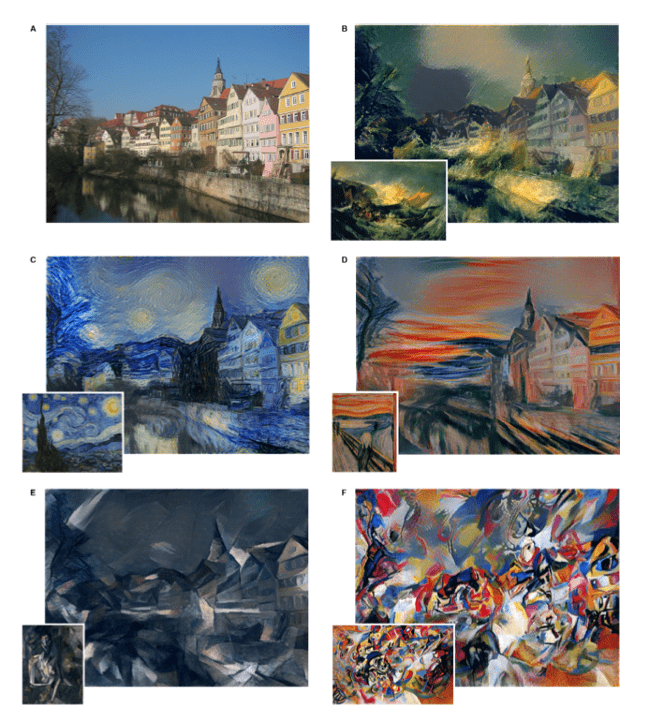
There recreations are so good that a true art enthusiast would be proud to have them on their wall. It’s truly fascinating what AI is capable of, and what’s more fascinating is that you could feed the AI anything and it would create a whole new work in the same style as whatever artist or painting you told it. Instead of having just one of your favorite work of art, you could have an unlimited quantity or original works at the cost of a normal poster print, since the AI does the work for you.
While certainly the problem of obliterating and segmenting entire industries (like the gaming industry, graphic design industry, CGI industry, and movie industry) can be a problem in the short term, in the long term it will be hugely beneficial to humanity as a whole. Talk about disruption, AI is going to disrupt everything.
For example, instead of needing a 100 million dollar budget or more to create a game of the quality of graphics we have today (or a billion or more to create a game that is totally realistic), in the near future a small team of 3 to 4 people could make a game that is so realistic that it is impossible to distinguish from an HD video recording. Moreover, these games will be highly complex, engaging, and simulate the same level of creative capacity as the most brilliant and creative minds to have ever developed games.
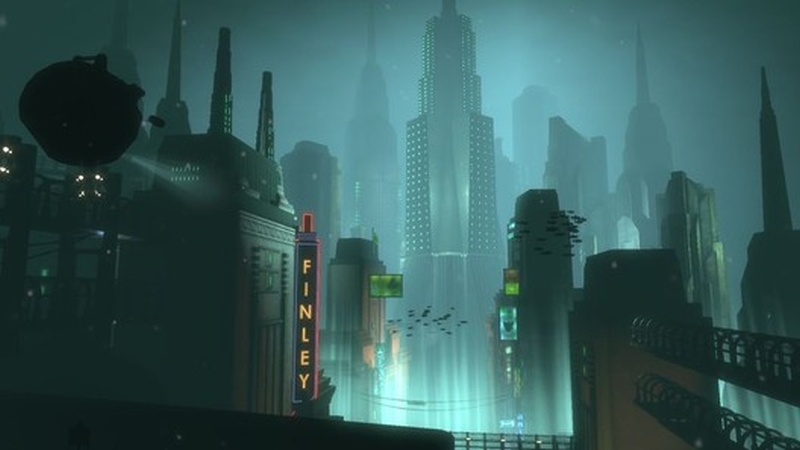
The game Bioshock had one of the most innovative and creative sceneries in gaming history. Unfortunately, developers don’t have the time, money, or energy to focus on creativity when realism takes so much raw computing power and manpower, and as a result, such creative games are few and far between. AI will change this, so that lifelike games will be just as creative and engaging as past games such as Nintendo’s Legend of Zelda or Super Nintendo’s Super Mario World.
Instead of having to waste entire budgets on computing and manpower, AI will free up game developers to focus on what really matters – the actual game, instead of the graphics. AI will make the graphics amazing while the developers will be able to make the games amazing. In the future, though, even the very gameplay will be largely created and innovated by AI, at the limited direction of humans.
The same goes for movies. Instead of needing a multimillion dollar budget to create hit science fiction and fantasy, a small creative indie movie team will be able to make CGI that rivals that of today on a shoestring budget. Given that presently there is a huge barrier of entry resulting in a total monopoly of Hollywood and big box movie creators, this will be hugely beneficial as sinister agendas by the elites who control the current movie and TV industries lose their power, as anyone with a computer will be able to make the same quality content at home.
Additionally, presently there is a huge barrier to the virtual reality industry, and this power is the raw computing power as well as the high-ticket manpower necessary to create even a small virtual reality program. Virtual reality can be hugely beneficial in so many sectors including medical industries and commerce industries. VR is already transforming healthcare as can be seen by this doctor wearing a VR visor.
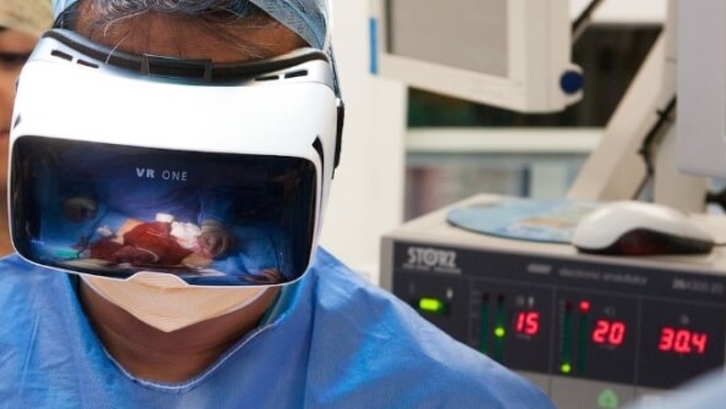
By having affordable AI that can do the expensive and tedious parts of VR development, which will also bypass the need for expensive computing power, this will open up the doors for doctors to affordably create 3-dimensional VR training simulations for physicians to learn new surgical techniques, for example.
It could also allow small retailers to create cutting-edge VR online stores where consumers will be able to shop remotely, thereby helping to break up monopolies and decrease marketing costs This can result in ultimately lower costs of good to consumers while simultaneously improving convenience and saving time that would have otherwise been spent in traffic, which can also result in less traffic congestion in big cities.
Without these advances in AI, none of this could be possible. Artificial intelligence will intelligently reduce the need for heavy computing power, which will also allow devices to be faster than ever while at the same time needing less raw computing power to perform the same tasks. While it’s unlikely it will ever be humanoid androids, but rather AI software, artificial intelligence is going to change everything and bring us quickly into the future.
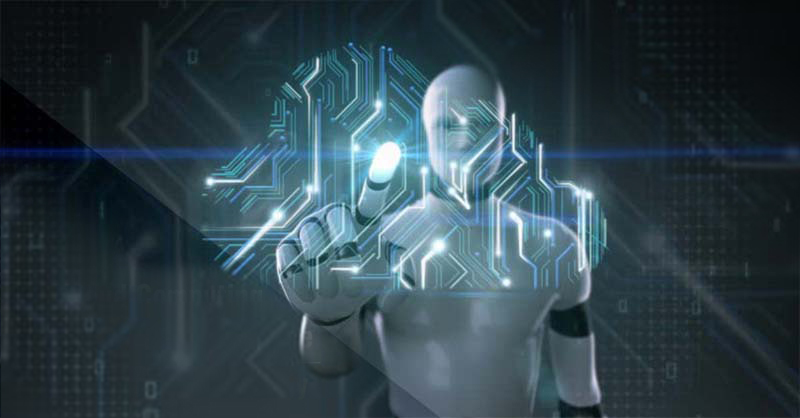
Rather than brute-forcing your way into getting more done with more power, AI will allow us to actually use less computing power to do more and faster computing. In this way, computers will actually become dramatically faster without the need for faster hardware, and it will also allow computers and smartphones to become more lightweight as they won’t need the burden of bigger and more hardware to do the same functions.
Of course, advances in hardware will also reduce the size of computers with new technologies like quantum computing and DNA computers, but these technologies pale in comparison to the immediate and dramatic leaps ahead that will take us lightyears into the future way faster than advances in computing technology could even dream of doing.
AI is going to change everything and make the world a better place to live for everyone. While it could create some short term problems, in the long run it will dramatically improve life for humans on every level. While many jobs may be eliminated, many more will be created as people will be more free to innovate rather than be limited to having to acquire more computing power and unnecessary manpower to achieve more functions.
As a result, better quality products and services can be delivered, and this will result in economic growth in the long run, as well as a better quality of life for all those involved. Innovation will skyrocket and technology will advance father than we could ever imagine, and for the better.
What do you think of the AI revolution? Are you scared, terrified, or thrilled? Or are you worried, concerned, or hopeful? Share your thoughts.




